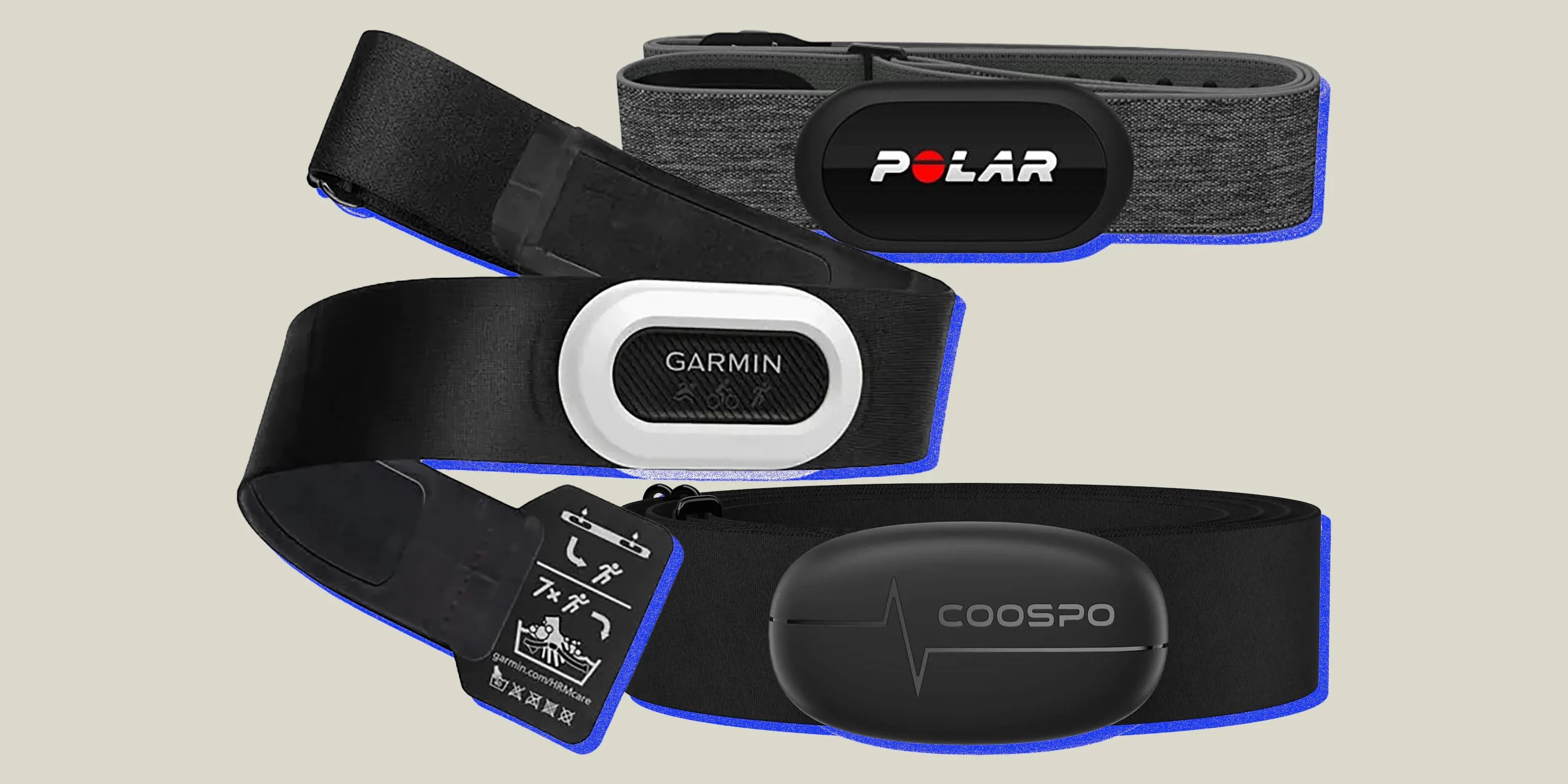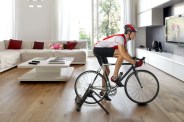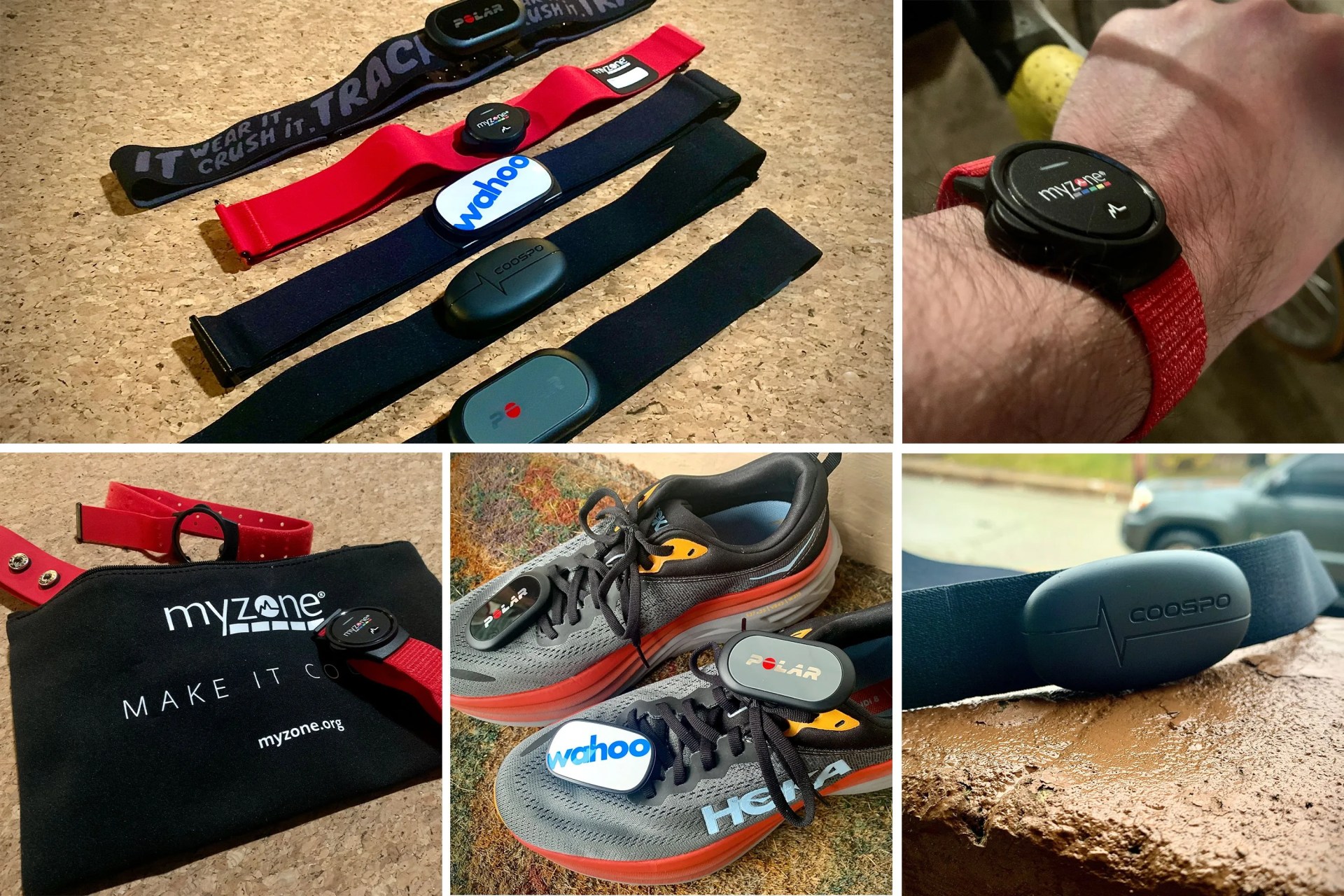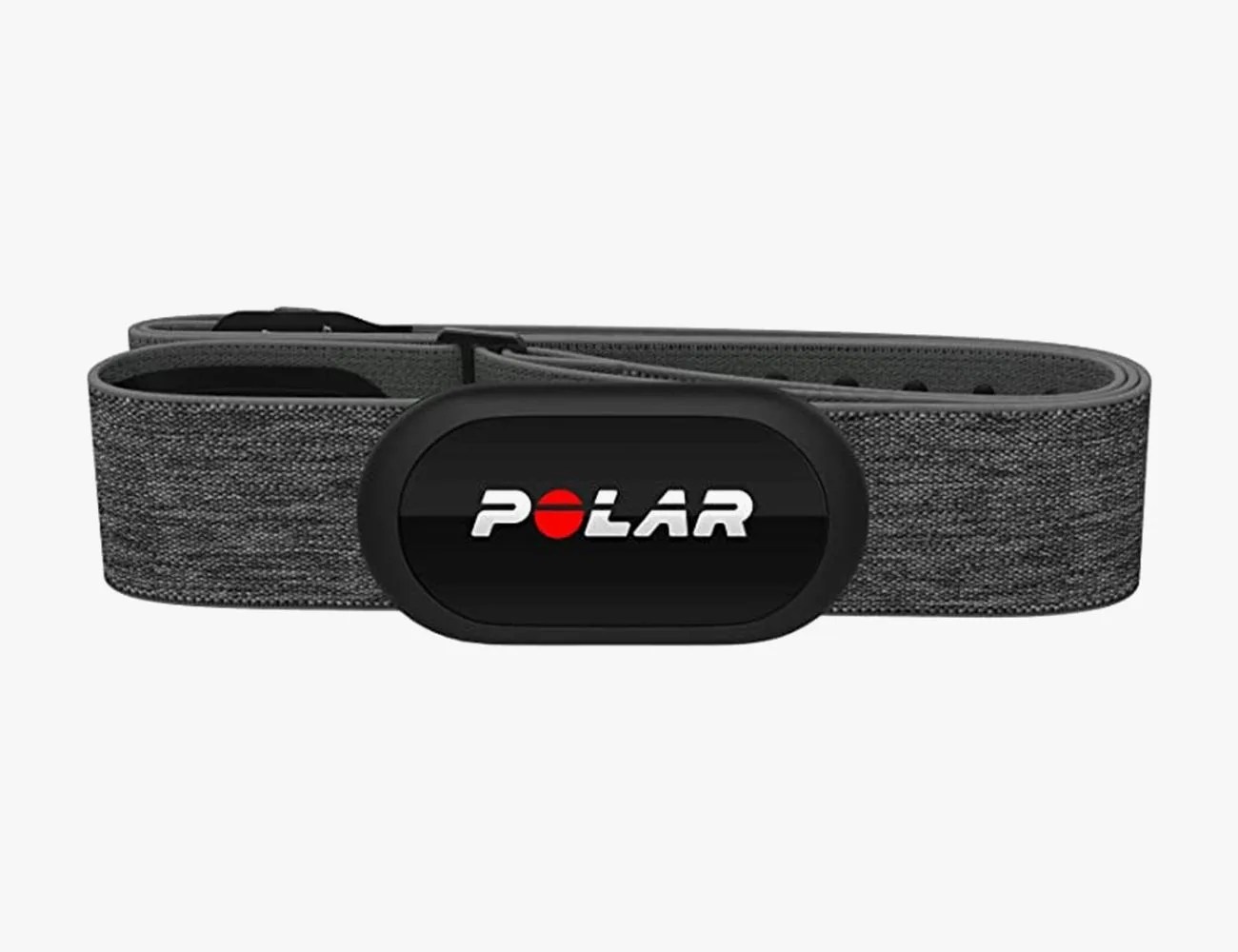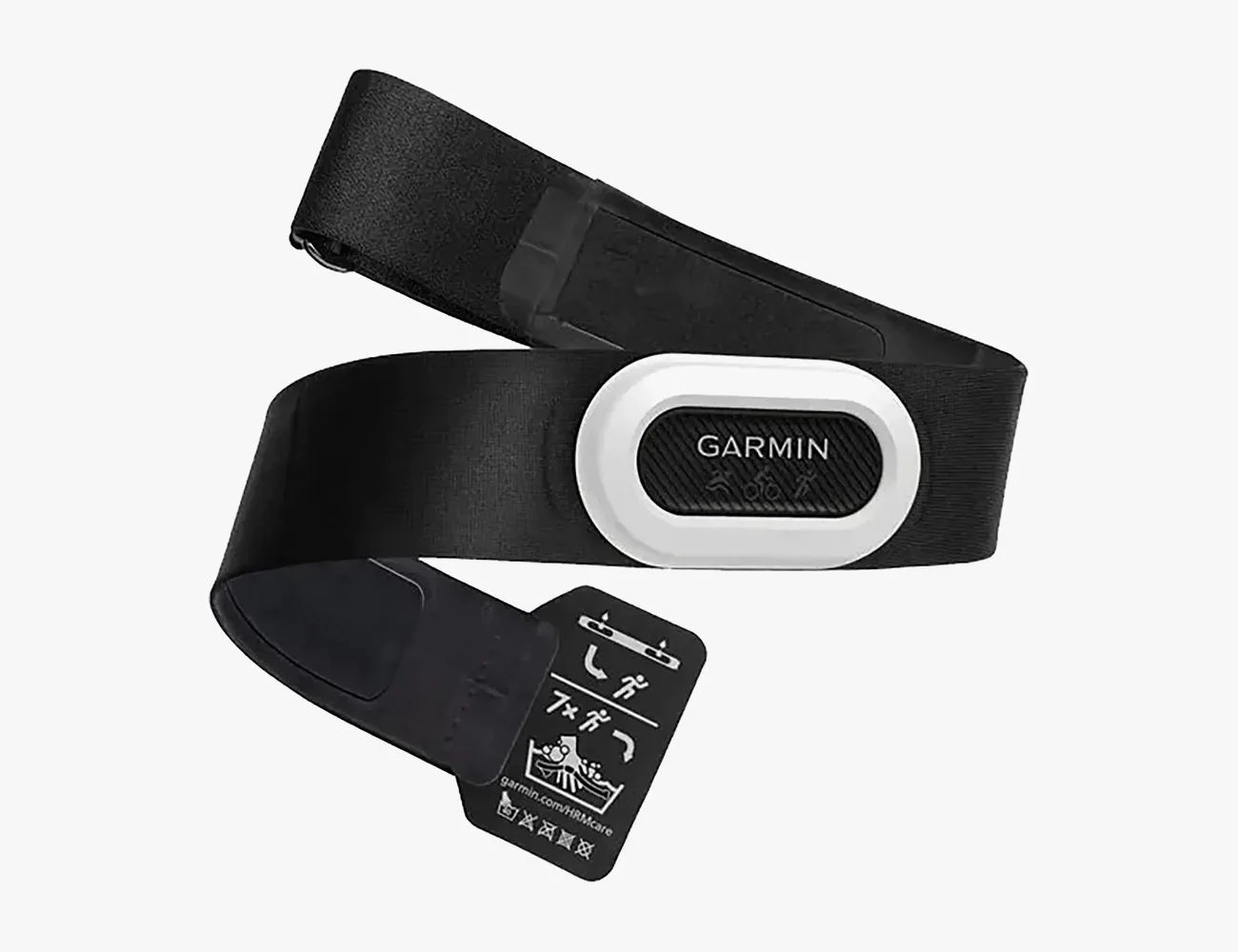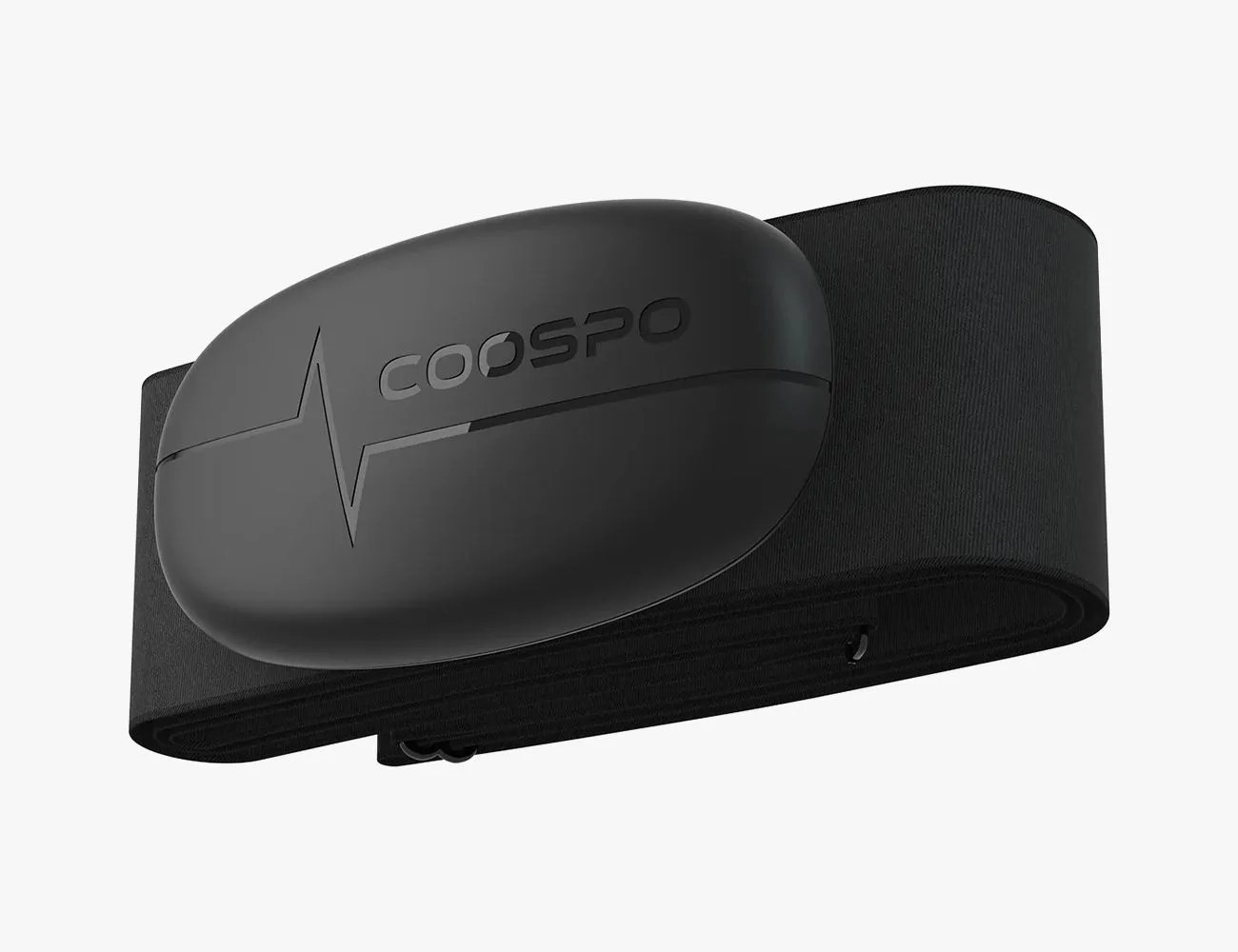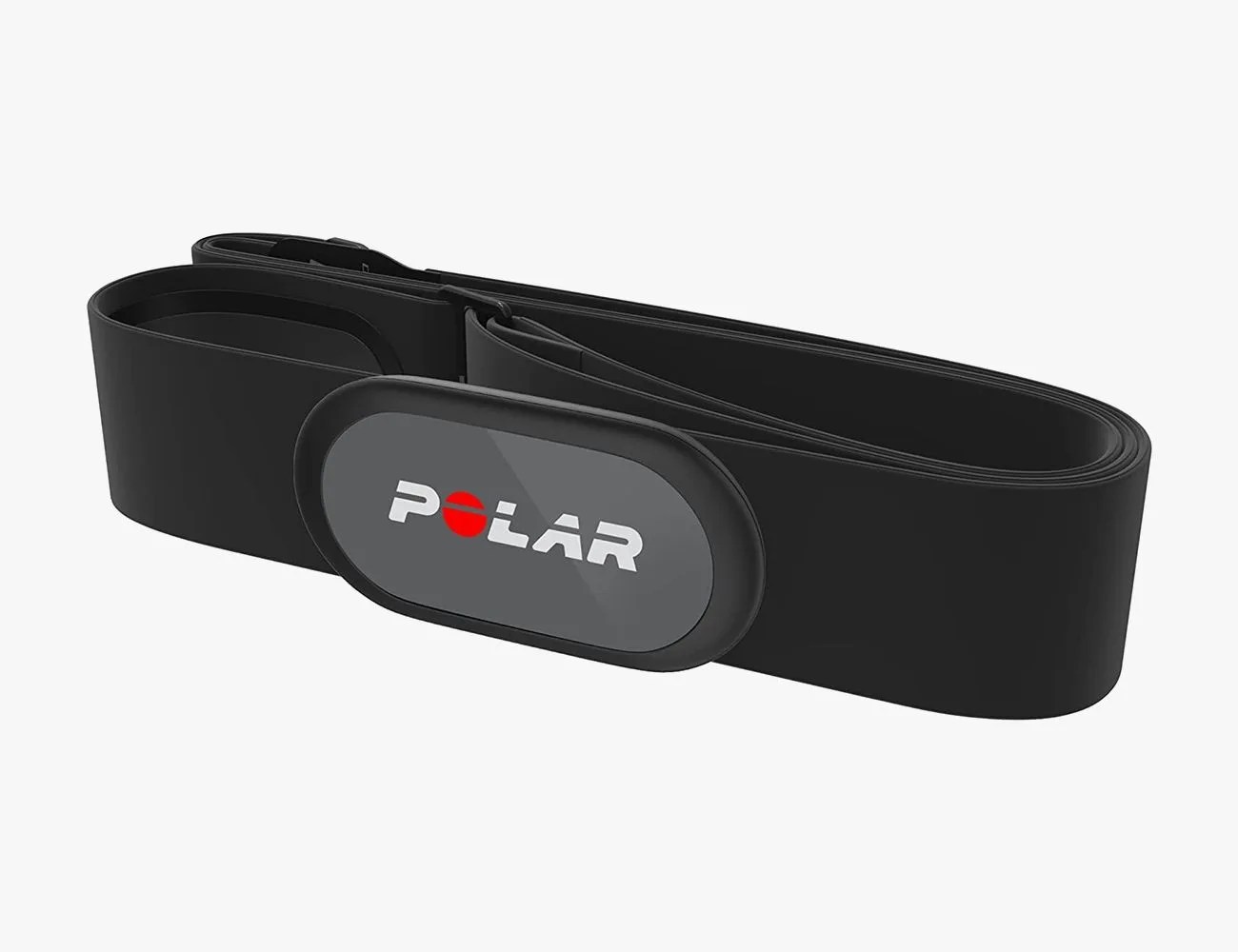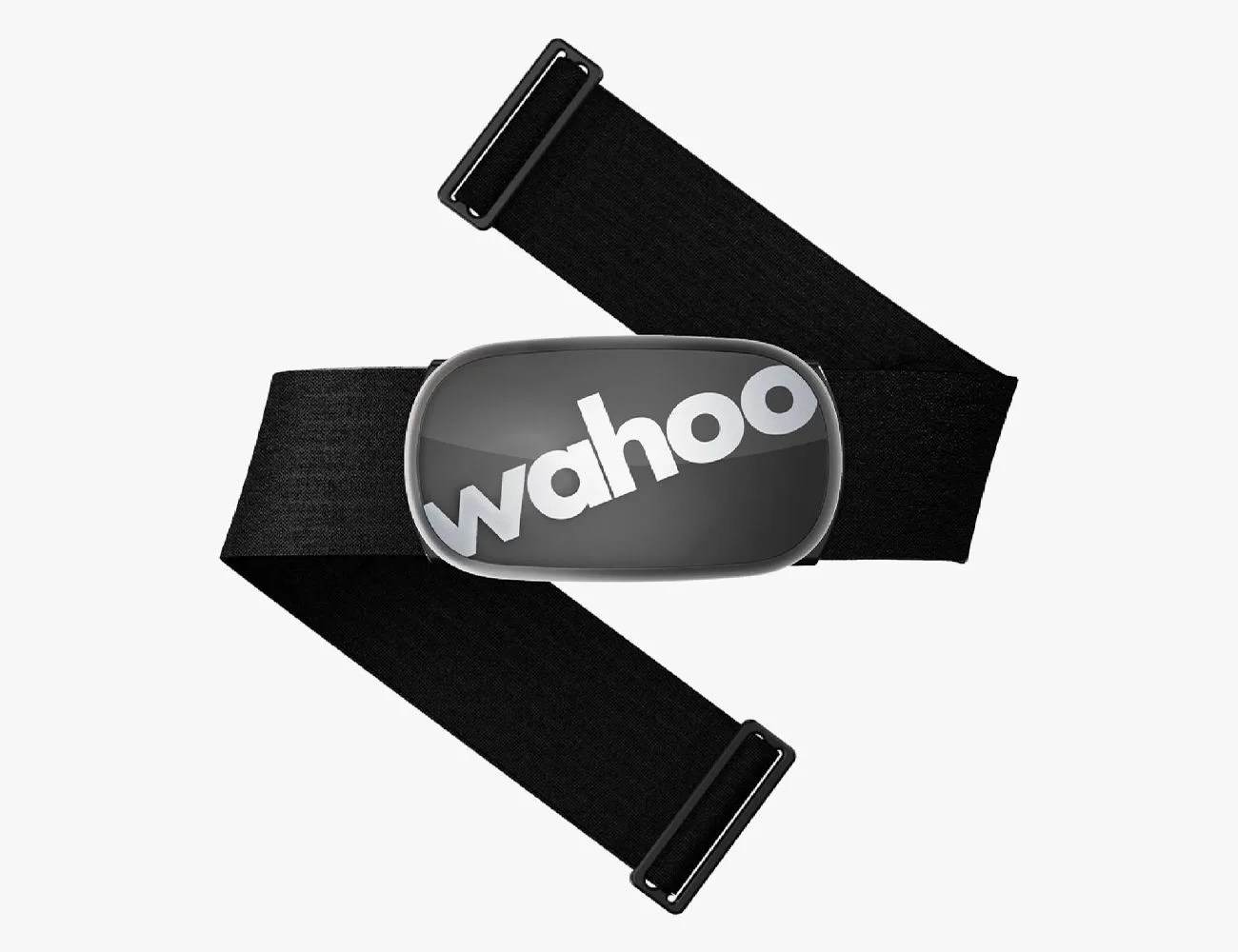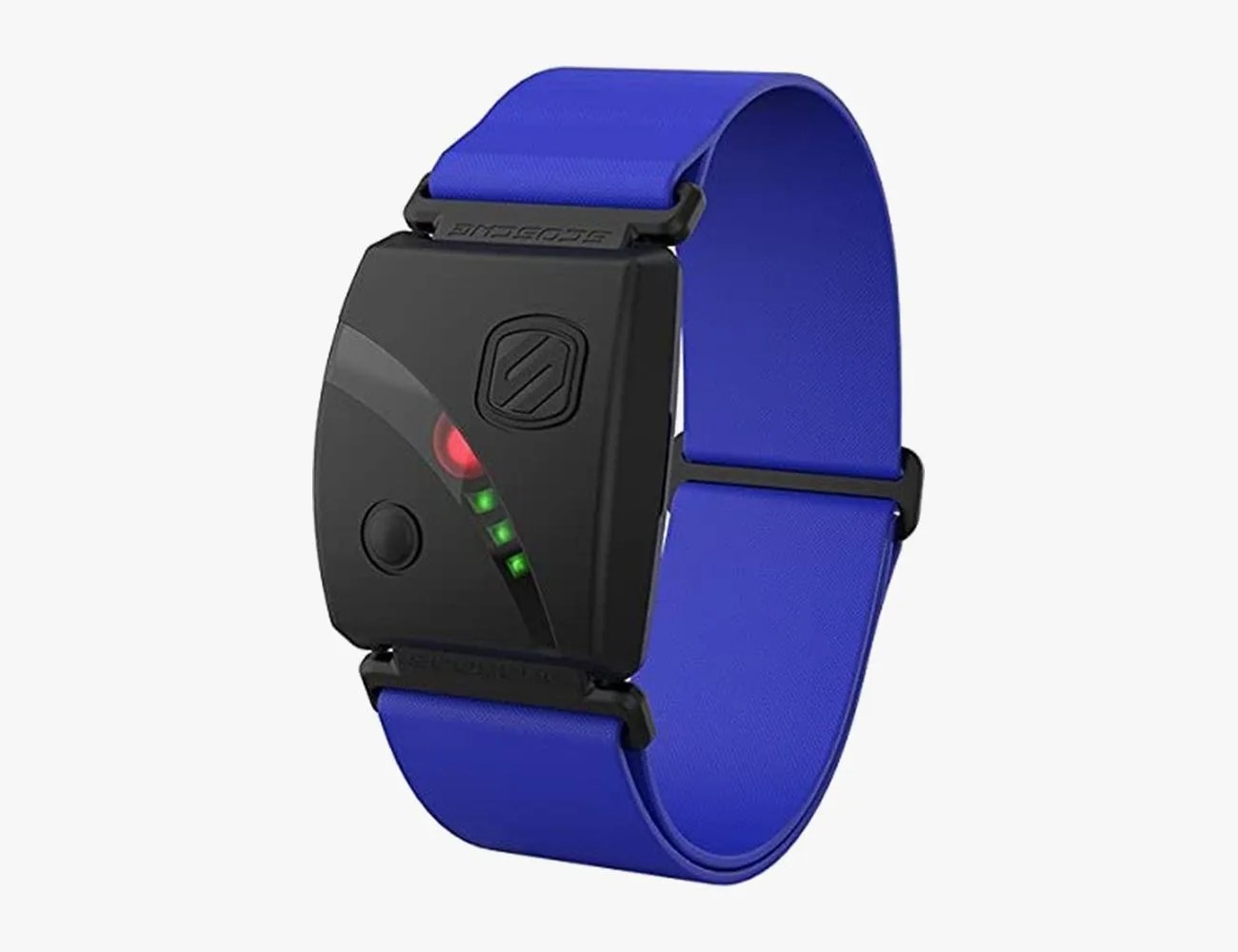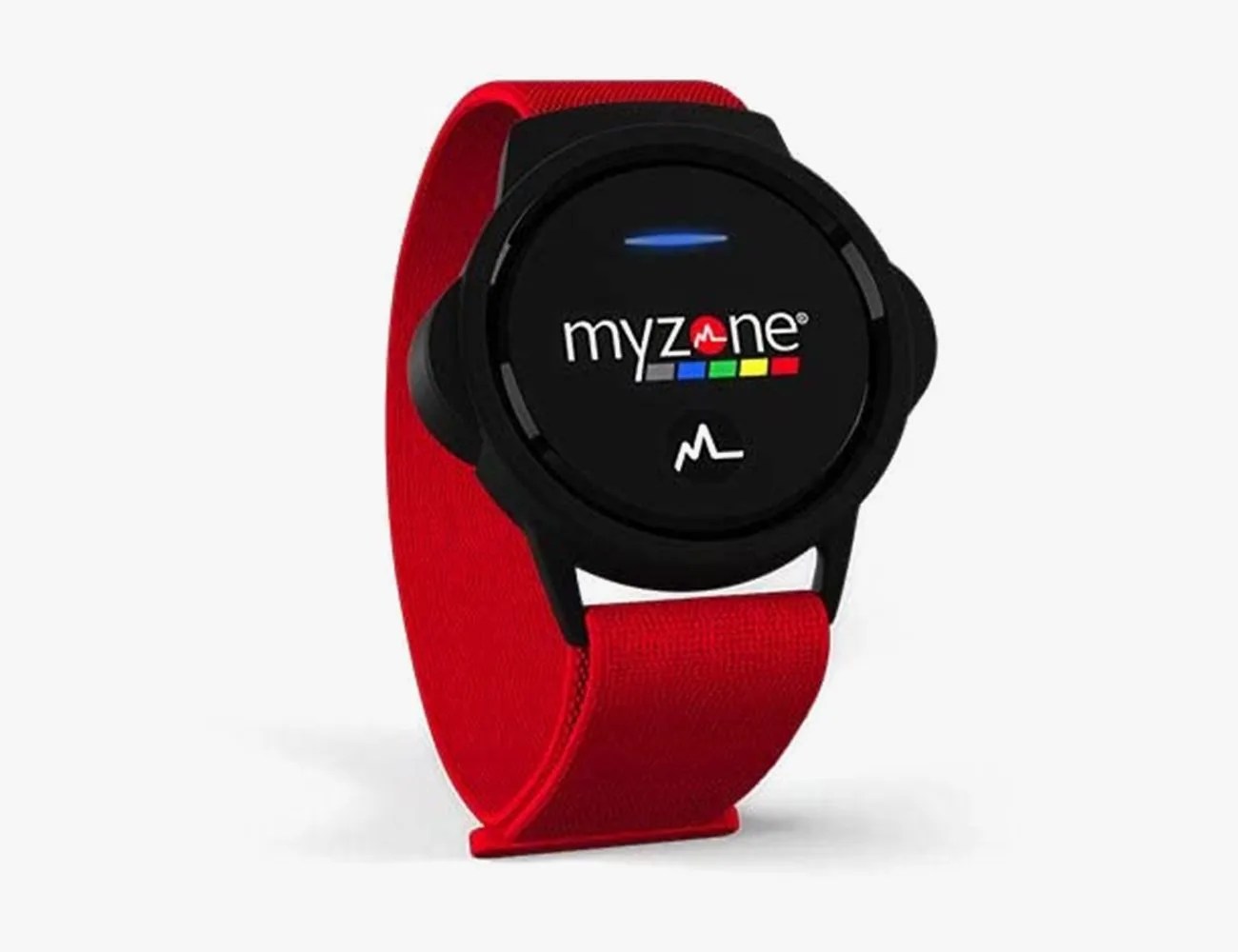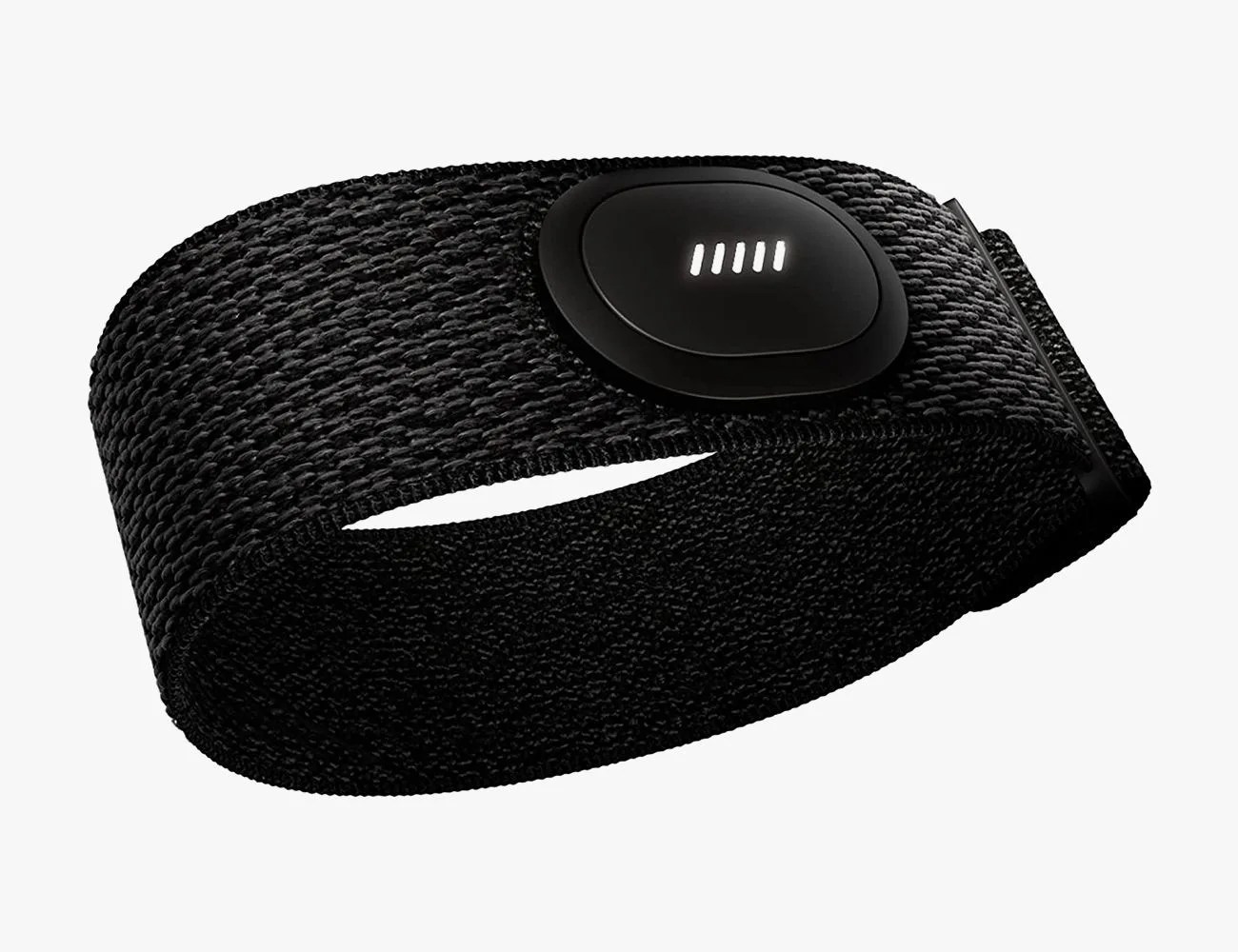Paying attention to your heart rate when training can be an excellent way to monitor your intensity and performance. Not only can this help ensure you stay within the threshold to burn calories instead of carbohydrates, but it can also be a good indicator of when to pause for a quick refreshment or bring your intensity down a notch. Also, tracking your heart rate over multiple training sessions can showcase your progress and fitness performance, giving you the motivation to keep pushing forward.
While most fitness trackers and smartwatches do offer some heart rate monitoring modules, the sensors included in these devices aren’t as specified for this particular data metric. As a result, readings can be inaccurate at times, leading to misinformed training and potential disdain for wearables in general. To help boost that signal and give your data tracking the precision it deserves, wearable heart rate sensors can be an effective, affordable addition to any training wardrobe.
Before strapping on one of these helpful fitness accessories, though, it helps to get a pulse on just what these devices are, how they measure your heart rate and a few other points to consider when finding the ideal silhouette for your training.
Products in the Guide
-
Polar H10
BEST OVERALL HEART RATE MONITOR
Read more -
Garmin HRM Pro Plus
BEST UPGRADE HEART RATE MONITOR
Read more -
CooSpo H6
BEST BUDGET HEART RATE MONITOR
Read more -
Polar H9
BEST HEART RATE MONITOR FOR BEGINNERS
Read more -
Wahoo Fitness Tickr
BEST HEART RATE MONITOR FOR CYCLISTS
Read more -
Scosche Rhythm24
BEST ARMBAND HEART RATE MONITOR
Read more -
Myzone MZ-Switch
MOST VERSATILE HEART RATE MONITOR
Read more -
Peloton Heart Rate Band
BEST HEART RATE MONITOR FOR PELOTON ENTHUSIASTS
Read more
What Is a Heart Rate Monitor?
Heart rate monitors are compact wearables that are worn across your skin, most commonly at the chest, arm or wrist. As they monitor your performance, you’re able to read your personal statistics via another paired device, including your smartphone, running watch, cycling computer or even a treadmill display unit. While the main purpose of these wearables is to track your beats per minute during intense training, some heart rate monitors can also analyze other workout-boosting metrics including speed, distance, stride length and more. Additionally, heart rate monitors can be effective tools for monitoring sleep patterns, provided you wear them to bed and not just for training scenarios.
Types of Heart Rate Monitors
For complete effectiveness, all heart rate monitors need to be worn on the skin to achieve proper readings. Where the device is worn, however, can provide further clues as to how accurate your wearable can be.
One of the most popular heart rate monitor types is the chest strap monitor. These place the sensor right at the sternum and employ Electrocardiography (ECG) to get a read on your pulse rate. This style of heart rate sensor can be more accurate than others since it’s based on the electrical current naturally generated by your heart with each beat. Despite the more accurate profile, however, some athletes find this style uncomfortable to wear, especially for extended monitoring throughout the day and night.
